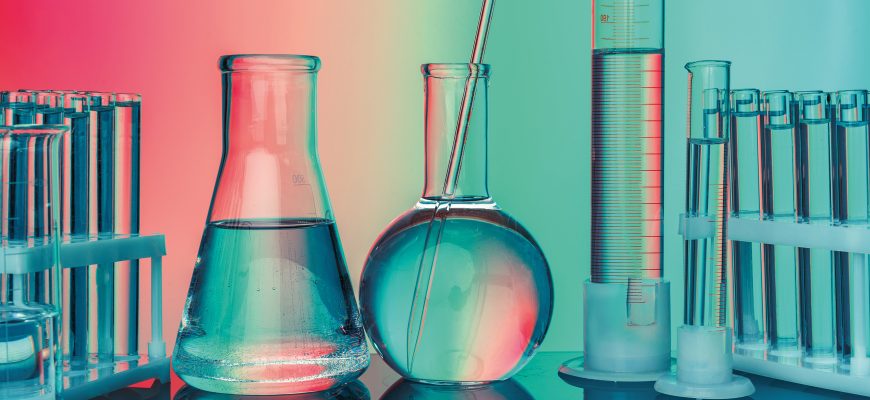Many ask me how we use hyaluronic acid and where it acts. My answer is that in cosmeceuticals, there’s both a tactic and a strategy.
Before diving into this dual perspective, let me remind you that you’ll find this ingredient in INCI lists as “hyaluronic acid” or “sodium hyaluronate.” It’s a pure, water-soluble raw material obtained biotechnologically, and it’s produced naturally by our skin from the moment we’re conceived. Did you know that amniotic fluid is rich in hyaluronic acid? Indeed, until about age 20, our skin is incredibly active. But over time, it becomes… let’s say, less “productive.”
We employ tactics when we use this molecule to provide an immediate “surface filler” effect: the water accompanying hyaluronic acid is retained by the skin, ensuring hydration and elasticity in the epidermis for an average of seven to eight hours. The result is noticeable softness, both to the touch and to the eye. It’s marvelous, especially when high-quality hyaluronic acid is used.
However, this molecule cannot penetrate the deeper layers of the skin due to its size, which we technically refer to as its “molecular weight.” Only through intradermal injections can we deliver hyaluronic acid to the lower layers of the skin.
Thus, what we can do is activate a genuine recovery strategy from within. In our products, as early as 10 years ago, we began using hyaluronic acid precursors—very small molecules that can penetrate deeply and stimulate its natural production. These precursors essentially tell our skin, “Wake up your potential and become elastic and plump again.” And they succeed! These molecules have shown surprising efficacy in tests.
This way, it’s not just the cosmetic product providing hyaluronic acid; the skin itself starts producing more of it, naturally! Re-educating the skin to produce hyaluronic acid autonomously is undoubtedly the most effective, long-lasting, and minimally invasive way to restore plasticity, tone, and volume from within.

Dr. Maria Cimmino
Pharmaceutical Chemist and Cosmetologist



